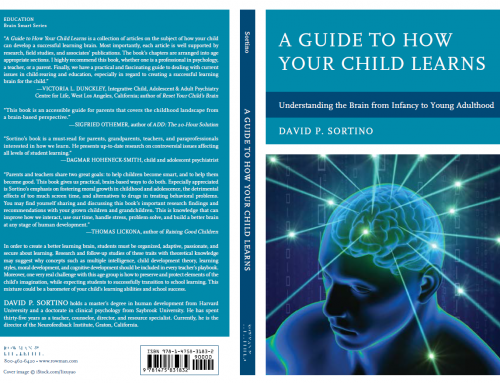With exams always on the front burner for many students, new research suggests that unusual test taking techniques can actually help students achieve higher performance. As a student, I was taught what is called “errorless learning” or to create study conditions that prevent errors. However, some researchers suggest a more unorthodox approach that can actually increase learning. For example, teachers might drill students consistently on the same multiplication problems, with very little delay between the first and second presentations of the problem, ensuring that the student gets the correct answer each time. Yet, according to researchers, the twist is that students who make mistakes will remember the mistakes and not learn the correct answers. Or will learn it more slowly, if at all?
Researchers Roediger and Finn suggest that students learn better if conditions are actually arranged so that they have to make errors. They believe that “students will remember things better and longer if they are given challenging tests that they are bound to fail.”
Moreover, Psychologist Richland and associates (2009) also support the notion that trying and failing to retrieve answers can actually shape learning. “Students who make unsuccessful attempts to answer test questions before receiving the correct answers remember the material better than if they studied the information.”
A study by psychologist Dr. Jeffrey Karpicke demonstrated that taking a memory test enhances later retention. In his two experiments students first studied prose passages. Then, one group took one or of three immediate free recall tests, without feedback, while another group restudied the material the same number of times as the students who received the tests. On tests given later, at two days and at one week, there was a substantial difference between the groups – students who had been tested remembered around 60% of the material, whereas students who restudied remembered only about 40% of the material (Karpicke, 2009). The results support the work of Richland (2009) that testing before learning can improve later recall as well.
The key – rather than aiming for “errorless learning,” teachers should challenge their students to try to answer questions about a subject before they study the material. Even if it is not used in the classroom, students can use it on their own to improve their learning process (Roediger and Finn 2009).
Researchers suggest additional techniques: “students should look at the questions in the back of each textbook chapter and try to answer them before reading the chapter. If there are no questions, convert the section heading to a question. If the section is “Pavlovian conditioning,” students should ask themselves what is Pavlovian conditioning. Then read the chapter and answer the questions while reading it. When the chapter is finished, go back to the question and try answering them again. For any you miss, restudy that section of the chapter. Then wait a few days and try to answer the questions again (restudying when you need to.) Keep this practice up for an entire course, and you will have learned and retained the material, as well as being able to retrieve it long after you have left the course (Roediger and Finn, 2009).
Our authors close by saying, “there are general-purpose strategies that work for any type of material, not just strategies for textbooks. By challenging ourselves to retrieve or generate answers, we can improve recall. When you turn to Google for an answer, students can attempt to come up with the answer on their own.”
And it doesn’t matter if you get the answer wrong with self-testing during study; the research suggests that the process is still useful, and more useful than just studying alone. Bottom line, getting wrong answers supports learning as long as you retrieve the answers after. David Sortino Ph.D., a Graton resident, is director of The Neurofeedback Institute: Go to his blog and/or email him: neurofeedbackinstitute.blogspot.com
When Choosing Wrong Answers Can be Right!
(Visited 84 times, 1 visits today)


